I am very new to Azure and WebServices so please bear with me here. Basically, I have a WebService that references 3 different dlls SOCreate.dll, EOTCBase.dll, EOTC_InBuffer.dll, not standard .NET dlls but rather dlls from other projects I have. After I published a WebService on Azure successfully, I am calling my WebService which calls a method in EOTCBase.dll. The method in EOTCBase.dll tries to load an EOTC_InBuffer.dll assembly like so:
Assembly dbAssembly = Assembly.LoadFile(Path.GetDirectoryName(Assembly.GetExecutingAssembly().Location) + "\\EOTC_InBuffer.dll");
but that call fails with an error The system cannot find the file specified. (Exception from HRESULT: 0x80070002)
When I check what files I have on Azure I can see my WebService and a bin folder:
then I go inside the bin folder and can see all 3 dlls in there:
I guess that means that all 3 dlls are published on Azure and are available in bin folder. I tried to google for something similar but wasn't able to find a similar scenario. Could somebody please maybe point what's wrong here or maybe reference a link to some reading materials? Thank you.
P.S. It almost looks like that all those 3 dlls in the same bin folder based on Azure Console output but in fact some of them not in there actually.


